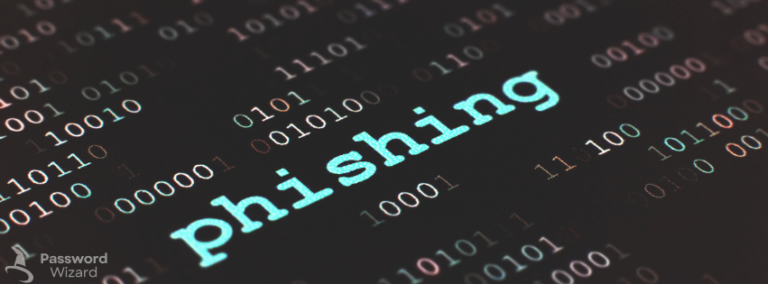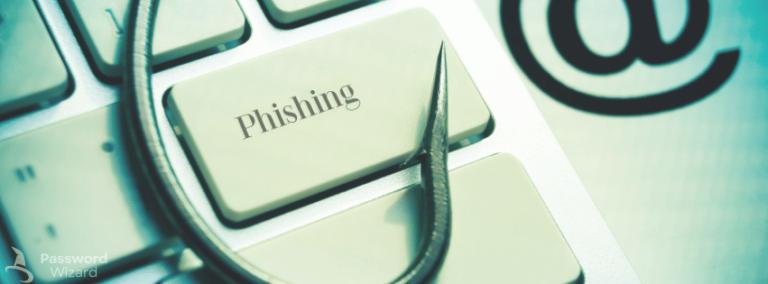In today’s interconnected world, where technology dominates our personal and professional lives, device security has become a critical concern. Among the myriad of cybersecurity threats that individuals and organizations face, phishing remains one of the most pervasive and dangerous. Phishing attacks exploit human vulnerabilities, tricking users into divulging sensitive information such as passwords, credit card details, or personal data. This is why Phishing Awareness is essential for protecting yourself and your digital assets. One effective strategy to combat phishing is using bookmarks to access critical sites and verifying URLs to avoid falling into phishing traps.
Understanding Phishing Attacks
Phishing is a form of cyberattack where attackers impersonate legitimate entities—such as banks, online services, or trusted organizations—to deceive victims into revealing confidential information. These attacks typically occur via email, text messages (smishing), phone calls (vishing), or malicious websites. The goal is simple: to manipulate users into clicking on fraudulent links or downloading malware-laden attachments.
The sophistication of phishing attacks has grown over the years. Cybercriminals now use advanced techniques like domain spoofing, where they create websites that look almost identical to legitimate ones. For instance, an attacker might register a domain like „g00gle.com” instead of „google.com,” banking on users overlooking the subtle difference. This is where Phishing Awareness plays a vital role. By educating yourself about these tactics, you can better recognize and avoid potential threats.
Why Phishing Awareness Matters
Phishing attacks are not just a nuisance—they pose significant risks to both individuals and businesses. For individuals, falling victim to phishing can lead to identity theft, financial loss, and compromised accounts. On a larger scale, organizations may suffer reputational damage, regulatory penalties, and operational disruptions if employee credentials are stolen.
According to recent studies, phishing remains the top attack vector for cybercriminals, accounting for nearly 80% of reported security incidents. Despite advancements in cybersecurity tools, humans remain the weakest link in the chain. This underscores the importance of fostering Phishing Awareness at all levels. When users understand how phishing works and adopt proactive measures, they significantly reduce their risk of becoming victims.
Using Bookmarks to Access Critical Sites
One practical way to enhance your Phishing Awareness is by using bookmarks to access important websites. Bookmarks allow you to save direct links to frequently visited sites, ensuring you always land on the correct page without typing the URL manually. This eliminates the possibility of mistyping or being redirected to a fake site through a phishing link.
How to Use Bookmarks Effectively:
- Create Bookmarks for Trusted Sites : Start by bookmarking websites you regularly use, such as your bank’s portal, email provider, or work-related platforms.
- Organize Your Bookmarks : Group your bookmarks into folders based on categories like “Finance,” “Work,” or “Personal.” This makes it easier to locate them quickly.
- Access Sites Directly from Bookmarks : Whenever you need to log in to a critical site, open it directly from your bookmarks instead of searching for it online or clicking on links in emails.
- Update Bookmarks Regularly : Periodically review your bookmarks to ensure they still point to legitimate URLs. If a website changes its address, update the bookmark accordingly.
By relying on bookmarks, you minimize the chances of accidentally visiting a phishing site disguised as a legitimate one. It’s a simple yet highly effective practice that reinforces your overall device security.
Verifying URLs to Avoid Phishing Traps
Another cornerstone of Phishing Awareness is learning how to verify URLs before interacting with them. Attackers often craft URLs that mimic real ones but contain slight variations designed to deceive users. A vigilant approach to URL verification can help you spot these discrepancies and steer clear of phishing traps.
Tips for Verifying URLs:
- Check for HTTPS : Always look for the padlock icon next to the URL and ensure the site begins with „https://” rather than „http://”. The „s” indicates that the connection is encrypted and secure.
- Inspect the Domain Name : Pay close attention to the domain name. Scammers often use misspellings or add extra characters to make a URL appear legitimate. For example, „paypal-secure.com” is not the same as „paypal.com.”
- Hover Over Links : Before clicking on any link, hover your mouse over it (without clicking) to preview the actual destination. Many email clients and browsers display the full URL when you do this.
- Avoid Shortened Links : Cybercriminals frequently use URL shorteners to hide malicious destinations. If you encounter a shortened link, use a URL expander tool to reveal the original address.
- Be Wary of Unsolicited Links : Never click on links sent via unsolicited emails, text messages, or social media posts. Instead, navigate to the official website independently to verify the claim.
By incorporating these practices into your daily routine, you develop a habit of scrutinizing URLs—a key component of Phishing Awareness . Over time, this vigilance becomes second nature, making it easier to identify and avoid phishing attempts.
Combining Bookmarks and URL Verification for Maximum Protection
While using bookmarks and verifying URLs are powerful strategies individually, combining them offers even greater protection against phishing attacks. Here’s how you can integrate these practices seamlessly:
- Bookmark Verification : After creating a bookmark, double-check the URL to confirm it matches the official site. This ensures your bookmarks remain trustworthy.
- Cross-Reference URLs : Even when accessing a site through a bookmark, take a moment to glance at the URL in the browser bar. This helps detect any anomalies, such as unexpected redirects.
- Educate Others : Share your knowledge about Phishing Awareness with friends, family, or colleagues. Encourage them to adopt similar habits, creating a culture of security awareness within your network.
By layering these techniques, you create multiple barriers between yourself and potential phishing threats. This multi-faceted approach strengthens your defenses and reduces the likelihood of falling prey to scams.
Additional Measures to Enhance Phishing Awareness
While focusing on bookmarks and URL verification is crucial, there are other steps you can take to bolster your Phishing Awareness further:
- Enable Multi-Factor Authentication (MFA) : MFA adds an extra layer of security by requiring users to provide two or more forms of identification before accessing an account. Even if your credentials are compromised, MFA can prevent unauthorized access.
- Stay Updated on Latest Threats : Follow reputable cybersecurity blogs or news outlets to stay informed about emerging phishing trends and tactics.
- Install Anti-Phishing Tools : Many modern browsers and antivirus programs include anti-phishing features that warn users about suspicious websites. Enable these tools for added peace of mind.
- Participate in Training Programs : Organizations should conduct regular training sessions to educate employees about Phishing Awareness . Simulated phishing exercises can also help reinforce learning and improve response times.
Conclusion
As cybercriminals continue to refine their methods, staying ahead of phishing threats requires constant vigilance and education. Building strong Phishing Awareness is no longer optional—it’s a necessity for safeguarding your digital presence. By adopting simple yet effective practices like using bookmarks to access critical sites and verifying URLs, you empower yourself to navigate the online world confidently and securely.
Remember, the best defense against phishing is a combination of technical safeguards and informed behavior. Make Phishing Awareness a priority in your daily routine, and encourage others to do the same. Together, we can create a safer digital environment for everyone.
Read more:
- Free Online Password Generator Tool – Generate Strong Passwords
- Unique Passwords: The Key to Online Security
- Avoid Predictable Information in Passwords
- Two-Factor Authentication 2FA
- Secure Storage
- Browser Safety Tips: Protect Your Passwords Online
- Encrypted Connections: Safeguarding Your Online Activities
- Regular Updates: The Key to a Secure Digital Life
- Device Security : Protect devices with firewalls, antivirus software, and physical locks
- File Integrity
- Phishing Awareness
- Developer Best Practices
- Business Security



